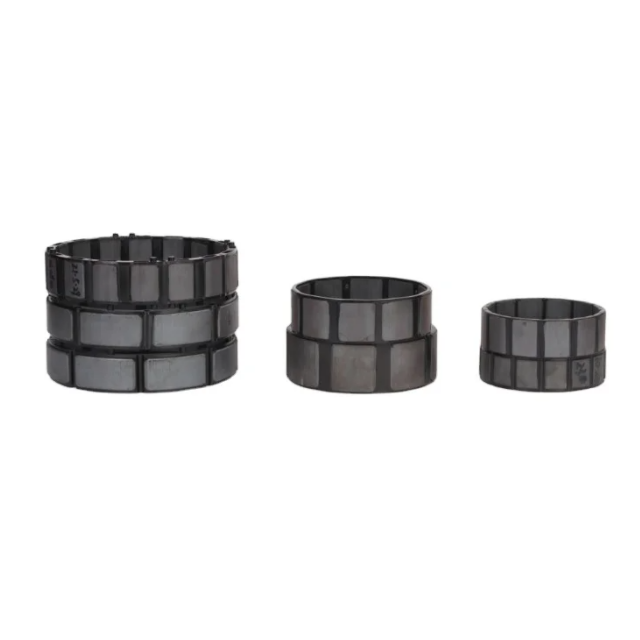At the center of every DC motor lies a critical component known as the DC motor rotor. This spinning marvel is responsible for converting electrical energy into mechanical motion, making it the heart of the motor's operation. In this article, we'll delve into the world of DC motor rotors, exploring their design, function, and the different types that power various applications.
Unveiling the DC Motor Rotor
A DC motor rotor is typically a cylindrical-shaped component located within the motor's housing. There are two main designs for DC motor rotors:
Wound Rotor: This type of DC motor rotor, also called an armature, consists of a core made of laminated steel to minimize eddy current losses. Wrapped around this core are coils of wire. When a DC current is passed through these coils, a magnetic field is generated around the rotor.
Permanent Magnet Rotor: As the name suggests, this design utilizes permanent magnets fixed to the rotor core. The interaction between the magnetic field of the permanent magnets and the magnetic field generated by the stator (the stationary part of the motor that houses the electromagnets or permanent magnets) creates torque, causing the rotor to spin.
The Key to Rotation: Magnetic Interaction
The core principle behind the rotation of a DC motor rotor lies in the concept of electromagnetism. When a DC current is applied to the coils of a wound rotor or interacts with the permanent magnets in a permanent magnet rotor, a magnetic field is produced around the rotor. This magnetic field interacts with the magnetic field generated by the stator, which is either created by electromagnets or permanent magnets. The opposing forces between these two magnetic fields cause the rotor to begin spinning.
In a brushed DC motor, a commutator and brushes are used to continually reverse the current in the rotor's windings, ensuring the rotor keeps spinning in the same direction. Brushless DC motors, on the other hand, rely on electronic controls to manage the current in the stator's electromagnets, achieving the same result without the need for brushes and a commutator.
Different Types of DC Motor Rotors for Diverse Applications
DC motor rotors come in various configurations to suit the specific needs of different applications. Some factors influencing rotor design include:
Motor size and power requirements: Larger motors with higher power demands may utilize rotors with thicker cores and more windings to generate the necessary torque.
Speed requirements: The design of the rotor windings can be optimized for high-speed or high-torque applications.
Cost and complexity: Wound rotors are generally more complex and expensive to manufacture compared to permanent magnet rotors.
In conclusion, the DC motor rotor plays a fundamental role in converting electrical energy into mechanical motion. By understanding the different types of DC motor rotors and their core principles, we gain a deeper appreciation for the technology that powers countless devices in our everyday lives. From the whirring fans that cool us down to the power tools that help us build, DC motor rotors are the silent workhorses behind the rotation.
